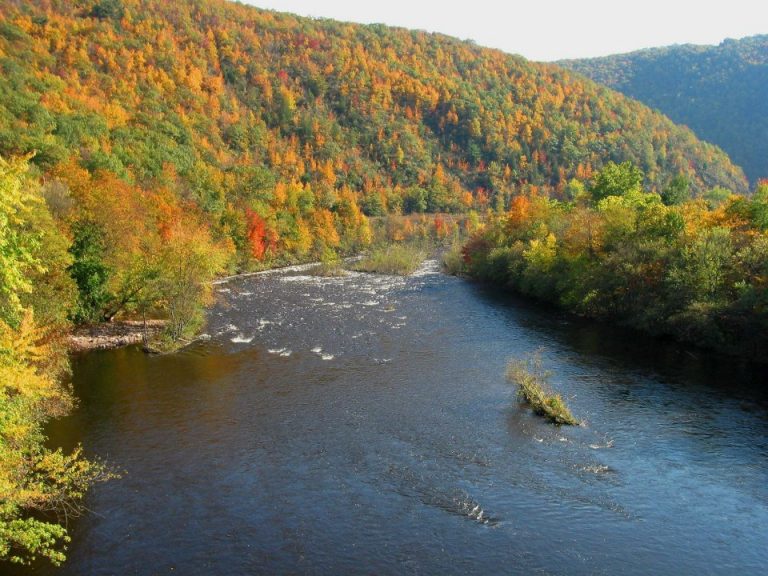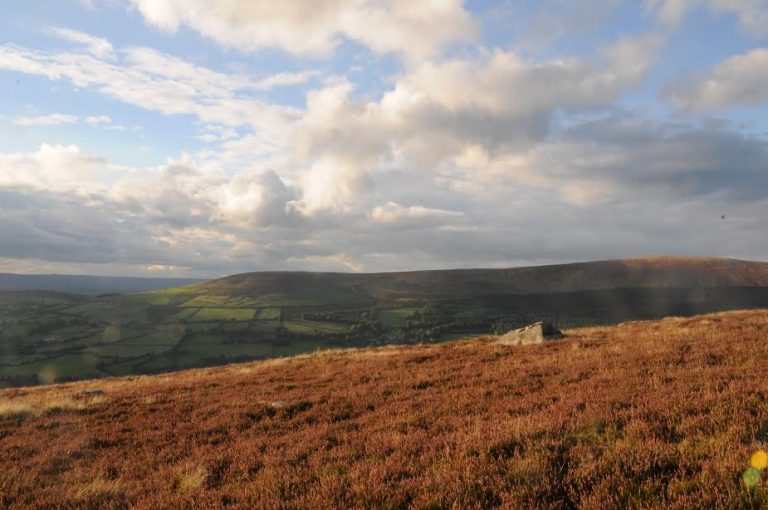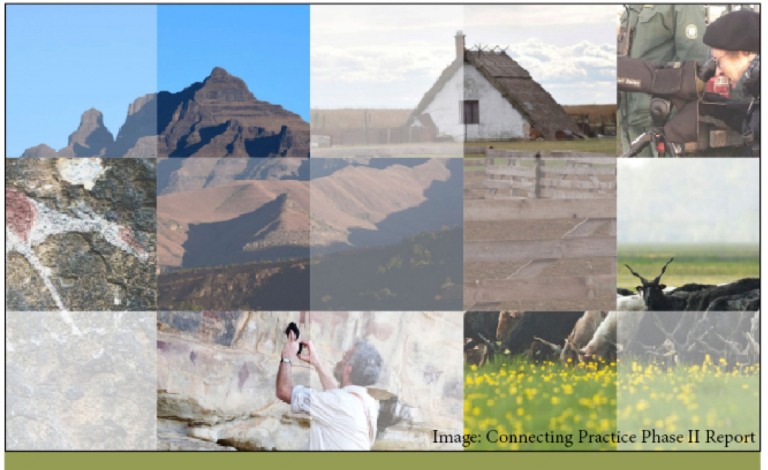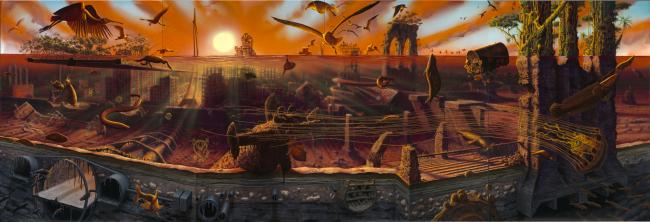To provide observations and information on the emerging fields of landscape scale conservation, heritage preservation, and sustainable community development.
Newsletter
Stay up-to-date with the latest nature, culture and community news.
We won’t spam you or share your information. Newsletters are sent approximately 10 times a year. Unsubscribe at any time.

The Role of Storytelling in Landscape Conservation
The idea of using cultural objects or site-specific historic places as a way convey a story is customary practice in heritage interpretation. However, storytelling on a landscape scale is less common. Heritage areas and the United States National Heritage Area (NHA) program in particular have demonstrated the power of this approach to build partnerships and unify a region. More recently the movement to conserve landscapes at scale has recognized the significance of storytelling to connect people to the resource. More challenging is telling the less visible stories.

Naturecultrues Dialogue: Rural Landscapes and Integrated Management
This NatureCultures dialogue explores rural landscapes where nature and culture intersect in myriad ways. These places have much to teach us about taking integrative approaches to conservation that bring together diverse values, disciplines and aims. Spanning a vast area of the planet’s surface, these landscapes and waterscapes serve as the foundation of economic livelihoods and food security worldwide, while encompassing an array of tangible and intangible cultural heritage values that are interlinked with natural values such as biodiversity, agrobiodiversity and ecosystem services.

Naturecultures Dialogue: Connecting Practice
Since 2013, ICOMOS and IUCN have been conducting ‘Connecting Practice’ – a joint project aimed at developing new methods and conservation strategies that recognize and sustain the interconnected character of the natural, cultural, and social values of World Heritage sites.

US Public Lands: Where to Now?
While the big excitement is the passage of the America’s Great Outdoors Act, there is a lot more happening on our public lands and most of it is not good news. Negative impact include the shrinking of our national monuments as well as proposals for energy extraction and the roll back of regulatory protections.These actions leave cultural and natural resources vulnerable to destruction. But what about the future, where should we be heading?

Stemming the Tide: Global Strategies for Sustaining Cultural Heritage Through Climate Change
In March 2020 Smithsonian sponsored a symposium to tackle two perspectives on the climate crisis’s impact on cultural heritage – the threat to the resources and the value of these resources as a source of resilience for communities to address climate change. The gathering brought together a lineup of inspiring speakers to empower cultural heritage authorities, managers, and advocates to pursue more ambitious engagement and collaborative approaches with to the threat of climate change. This discussion is more relevant than ever.

The Role of Storytelling in Landscape Conservation
The idea of using cultural objects or site-specific historic places as a way convey a story is customary practice in heritage interpretation. However, storytelling on a landscape scale is less common. Heritage areas and the United States National Heritage Area (NHA) program in particular have demonstrated the power of this approach to build partnerships and unify a region. More recently the movement to conserve landscapes at scale has recognized the significance of storytelling to connect people to the resource. More challenging is telling the less visible stories.

Naturecultrues Dialogue: Rural Landscapes and Integrated Management
This NatureCultures dialogue explores rural landscapes where nature and culture intersect in myriad ways. These places have much to teach us about taking integrative approaches to conservation that bring together diverse values, disciplines and aims. Spanning a vast area of the planet’s surface, these landscapes and waterscapes serve as the foundation of economic livelihoods and food security worldwide, while encompassing an array of tangible and intangible cultural heritage values that are interlinked with natural values such as biodiversity, agrobiodiversity and ecosystem services.

Naturecultures Dialogue: Connecting Practice
Since 2013, ICOMOS and IUCN have been conducting ‘Connecting Practice’ – a joint project aimed at developing new methods and conservation strategies that recognize and sustain the interconnected character of the natural, cultural, and social values of World Heritage sites.

US Public Lands: Where to Now?
While the big excitement is the passage of the America’s Great Outdoors Act, there is a lot more happening on our public lands and most of it is not good news. Negative impact include the shrinking of our national monuments as well as proposals for energy extraction and the roll back of regulatory protections.These actions leave cultural and natural resources vulnerable to destruction. But what about the future, where should we be heading?

Stemming the Tide: Global Strategies for Sustaining Cultural Heritage Through Climate Change
In March 2020 Smithsonian sponsored a symposium to tackle two perspectives on the climate crisis’s impact on cultural heritage – the threat to the resources and the value of these resources as a source of resilience for communities to address climate change. The gathering brought together a lineup of inspiring speakers to empower cultural heritage authorities, managers, and advocates to pursue more ambitious engagement and collaborative approaches with to the threat of climate change. This discussion is more relevant than ever.


